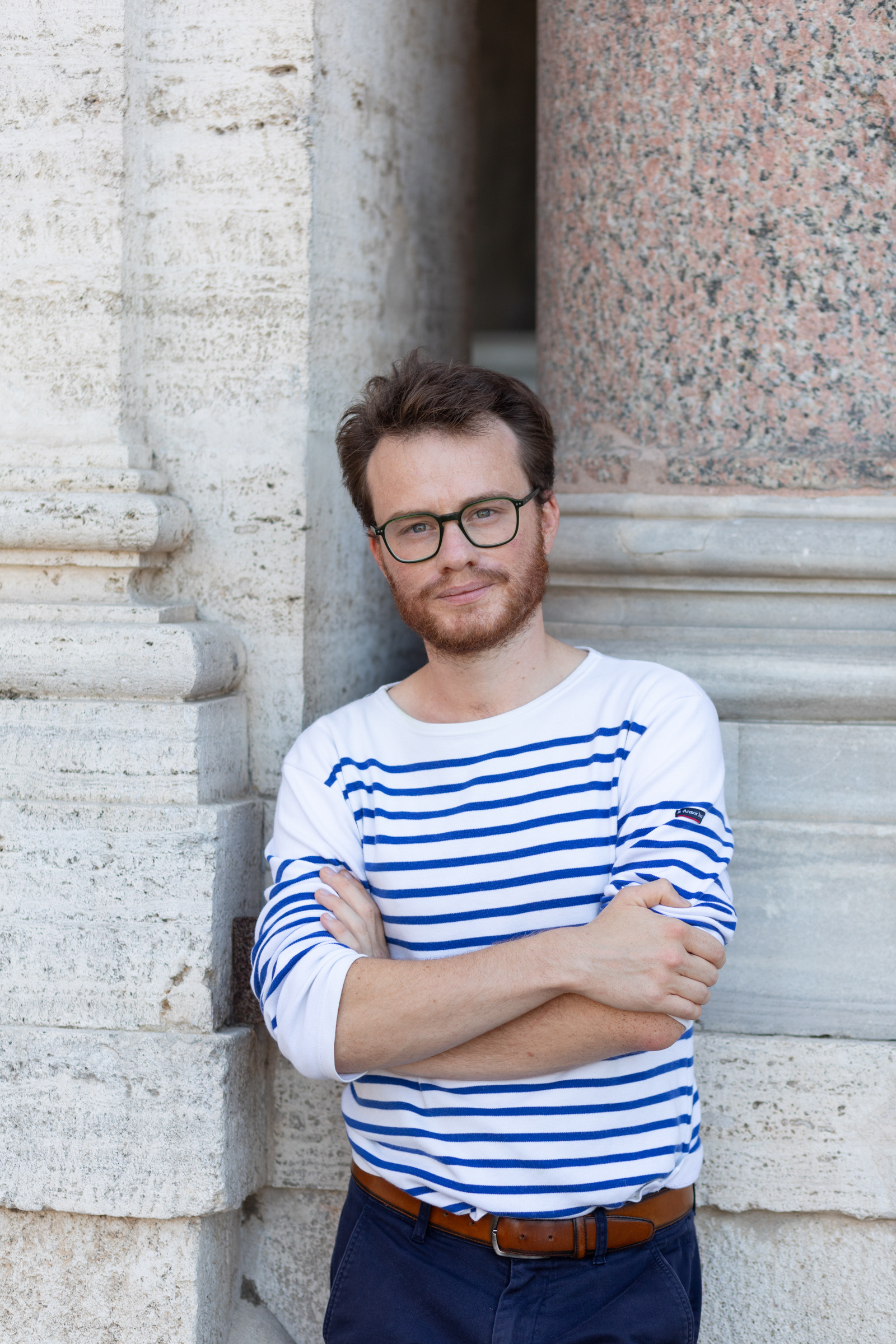Search
Anita Orzes

Resident
09.01.2023 - 08.02.2023
Medici Residency Daniel Arasse with the École française de Rome
Art history
Biography
Anita Orzes is a doctoral student in the Department of Art History at the Université Grenoble Alpes and the Universidad de Barcelona, and a member of the international research platform Modernité(s) Décentralisée(s) – MoDe(s). She studies the transformation of the biennial model and transnational networks between biennials in Latin America, the Caribbean and Europe. She participated in the Theoretical Event of the 14th Havana Biennale and worked as a cultural mediator at the 53rd Venice Biennale. She was documentalist for the exhibition
Case study. España. Vanguardia artística y realidad social: 1936-1976 (Institut Valencià d’Art Modern). She has a degree in cultural heritage conservation (Università Ca’ Foscari di Venezia, 2010), and a master’s in contemporary art history and visual culture (Universidad Complutense de Madrid, Universidad Autonoma de Madrid and Museo Nacional Reina Sofia, 2011).
Project
Research topic at Villa Medici – Académie de France in Rome: The “new” Venice Biennale: a critical analysis of the transformation of the exhibition model from the point of view of curatorship and art criticism (1974-1977)
In 1973, the Senate of the Italian Republic approved the new status of the Venice Biennale. Over the next four years (1974-1977), under the direction of the socialist Carlo Ripa di Meana, the “new” Biennale was transformed into a permanent cultural institute that left behind its festival character and abandoned the competition system. The “new” Biennale organized events of international interest and transformed the exhibition model adopted until then.
The Board of Directors therefore drew inspiration from recent experiences (Giornate del Cinema Italiano, 1972-1973 and Festival de L’Unità, 1973), organized meetings with participating countries and called on critics and art historians. In addition, between 1974 and 1977, exhibitions of various kinds (Libertà al Cile, 1974, Proposte per il Mulino Stucky, 1975, Ambiente, partecipazione, strutture culturali, 1976) were organized, through which the transformation of the biennial model was worked on. Both Italians (V. Gregotti, E. Crispolti, G.C. Argan) and foreigners (G. Forty and P. Restany) took part, either from a curatorial practice or from a more critical and theoretical approach.
This research visit aims to study the exhibition projects and theoretical contributions that fostered this change of format. Firstly, the research seeks to analyze the influence that previous experiences have had on the theoretical development of the “new” Biennial. Secondly, it seeks to situate the role and contribution of art historians and critics Enrico Crispolti and Giulio Cargo Argan in the transformation of the model. Thirdly, it aims to contextualize the exhibition revolution within the national artistic and political context, also inscribing it within the history of biennials in the 1970s.
Although the “new” Biennale was held in Venice, part of the history of this quadrennial is preserved in the archives and libraries of Rome. Access to these documentary holdings will offer a new approach to the history of the Biennale, which until now has been reconstructed and analyzed mainly on the basis of documentation preserved in Venice.
